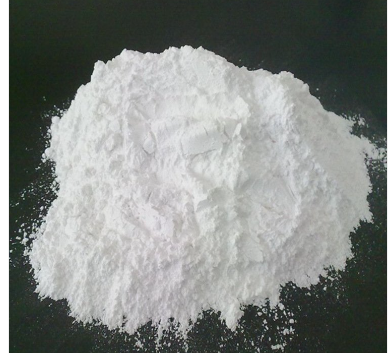Matting powder is a chemical agent that is easily dispersed and organically treated. It is a kind of coating additive. The main purpose of matting powder is to To reduce the gloss of the coating film, commonly used matting powders include ultrafine silica, talc, aluminum stearate, calcium stearate, low molecular thermoplastic resin, etc. Matting is to use a certain method to reduce the gloss of the coating film surface. In today’s coatings industry, people generally use the method of adding matting powder. There are mainly the following categories:

1. Wax
Wax is an early and widely used matting agent. It is an organic suspension matting powder. After the paint is applied, as the solvent evaporates, the wax in the paint film precipitates and is suspended on the surface of the paint film as fine crystals, forming a rough surface that scatters light and plays a matting effect. The characteristics of wax as a matting agent are that it is easy to use and can give the coating film a good feel and water resistance, moisture and heat resistance, and anti-fouling properties. However, after the wax layer is formed on the surface of the coating film, it will also prevent the volatilization of the solvent and the penetration of oxygen, affecting the drying and recoating of the coating film. The future development trend is to use synthetic polymer wax and silica together to achieve the best matting effect.
2. Metal soap
Metal soap is a matting agent commonly used by people in the early days. It is mainly composed of some metal stearates, such as aluminum stearate, zinc stearate, and hardened stearate. Calcium fatty acid, magnesium stearate, etc. Among them, aluminum stearate is widely used. The matting principle of metallic soap is based on its incompatibility with paint ingredients. It is suspended in the paint as very fine particles and is distributed on the surface of the paint film when it forms a film, causing microscopic roughness on the surface of the paint film and reducing the coating’s corrosion resistance. The reflection of light on the surface of the film achieves the purpose of extinction.
3. Functional fine materials
Extender pigments, such as diatomaceous earth, kaolin, fumed silica, etc., are functional fine materials specially used as matting powder. They are inorganic filled matting agents. As the paint dries, their tiny particles form a micro-rough surface on the surface of the paint, reducing light reflection and giving it a matte appearance. The matting effect of this type of matting agent is restricted by many factors.
In addition to the above three types of commonly used matting agents, some dry oils, such as tung oil, can also be used as matting powder in paints. It mainly utilizes the high reactivity of the conjugated double bonds in tung oil to cause different oxidative cross-linking speeds on the bottom surface of the coating film to cause unevenness on the surface of the coating film to achieve a matting effect.

 微信扫一扫打赏
微信扫一扫打赏

